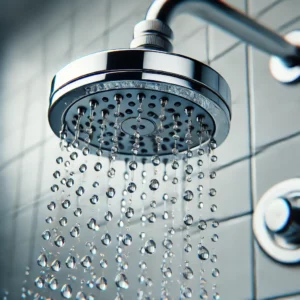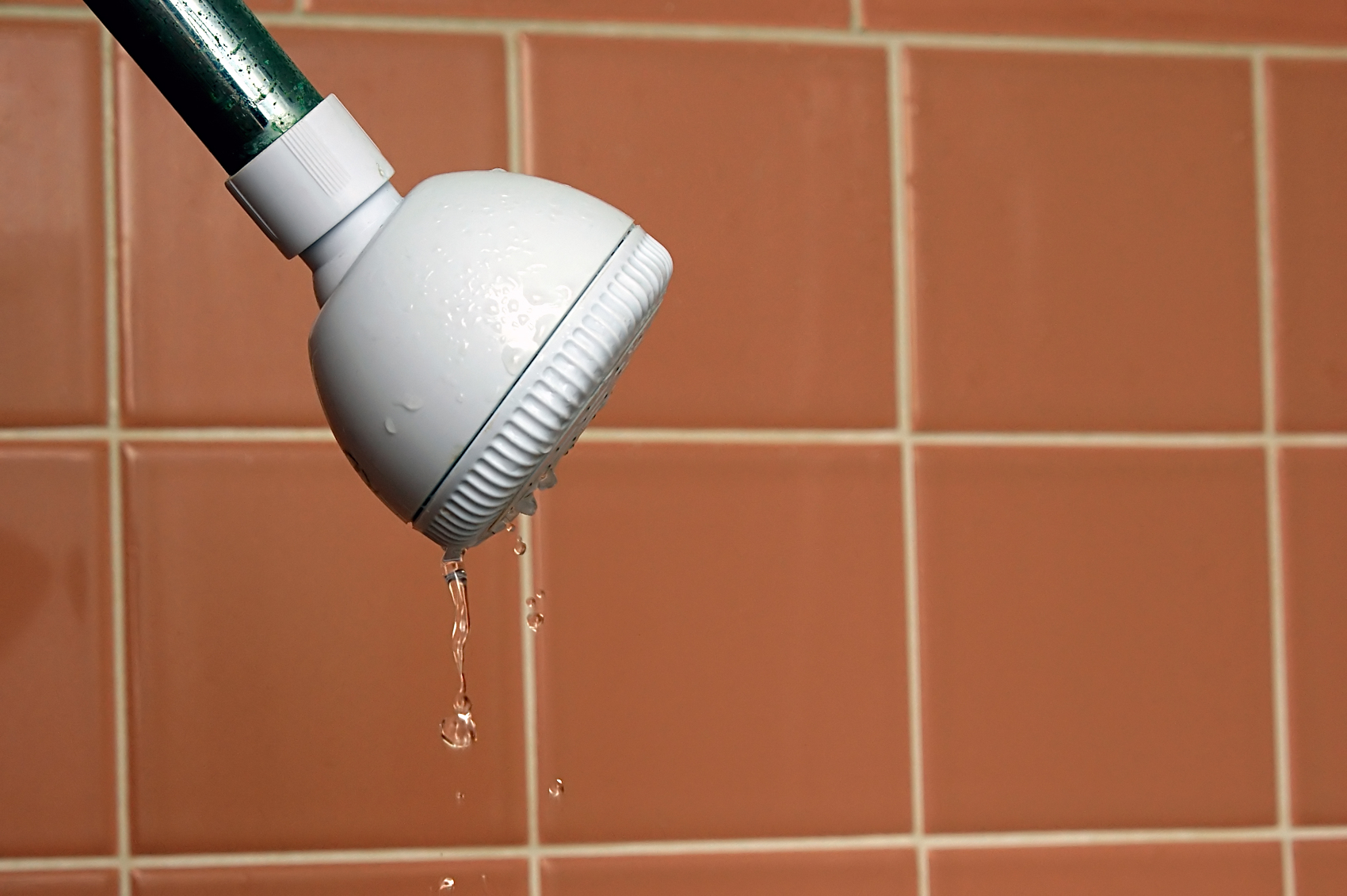According to the EPA, a shower head that leaks at a rate of just 10 drips per minute can waste more than 500 gallons of water per year. Water siphoning can be an unexpected culprit behind leaks in your shower head, causing both frustration and potential damage. Understanding how siphoning occurs and its impact on your plumbing system is crucial to preventing water waste and costly repairs. Addressing the issue early ensures your shower head functions efficiently and avoids the hidden dangers of water siphoning.
Can a shower head leak by siphoning water?
Yes, it can, and when it does, it often leads to persistent drips and potential water damage if left unchecked. There are a number of other more likely causes of your leak which are also explored below.
What Is Siphoning?
Siphoning occurs when water flows backward in a plumbing system, often due to a drop in water pressure. Normally, a shower head is designed to allow water to flow in one direction—from the pipes, through the shower arm, and out through the spray nozzles. The flow and pressure are controlled by valves and seals that keep the water moving forward. However, if these components wear out or become faulty, the system’s integrity can be compromised, leading to reverse flow.
When water pressure suddenly drops, such as when water is used elsewhere in the home or during a pressure disruption, water can be pulled back into the plumbing system. This reverse movement, known as siphoning, can cause water to be drawn back from the shower head into the pipes. If the plumbing lacks proper backflow prevention devices, this can lead to leaks, persistent drips, and even contamination of the water supply. Understanding this process is crucial for identifying and preventing siphoning-related issues in your shower head.
Signs of a Leak from Siphoning
Identifying a leak caused by siphoning is crucial to preventing further damage. The signs are often subtle at first but can become more noticeable as the issue progresses. Recognizing these early warning signals can save you from dealing with more extensive and costly shower repairs down the line.
Look out for the following signs that your shower head may be leaking due to siphoning:
- Constant Dripping: Even when the shower is off, you might notice water continuing to drip from the shower head. This is a clear indication that water is being siphoned back through the system.
- Unusual Water Stains: Water stains on the ceiling or walls near the shower can suggest a slow, persistent leak that’s been going on unnoticed.
- Mold or Mildew Growth: Moisture from a slow leak can lead to the growth of mold or mildew in and around your shower area. This not only damages your bathroom but also poses health risks.
- Unexpected Water Bills: A sudden spike in your water bill without a clear reason can hint at an unseen leak, possibly caused by siphoning in your shower head.
If you observe any of these signs, it’s time to take action. Early detection is key to minimizing the impact of siphoning-related leaks.
What if my shower head drips for 2 to 3 hours after I turn it off?
 If your shower head drips for 2 to 3 hours after you turn it off, it’s likely due to residual water trapped in the pipes or shower head that slowly drains out. Here are a few possible causes:
If your shower head drips for 2 to 3 hours after you turn it off, it’s likely due to residual water trapped in the pipes or shower head that slowly drains out. Here are a few possible causes:
- Residual Water Drainage: After turning off the shower, water that remains in the shower head and horizontal sections of the piping may take some time to drain out due to gravity. This is especially common with overhead shower heads, where water can collect and slowly drip out over time.
- Pressure Equalization: If your shower system has separate on/off valves for different outlets but shares a temperature regulator, slight pressure differences can cause water to be pushed out of the shower head as the system equalizes, leading to delayed dripping.
- Siphoning: In some cases, minor siphoning might occur, where water is pulled back into the shower head from the pipes due to pressure changes, although this typically happens more quickly than several hours later.
Other Causes of Leaks
Beyond siphoning and residual water drainage, several other common issues can cause leaks in shower heads:
- Worn-Out Washers and O-Rings: These small rubber components are essential for creating a watertight seal in the shower head and valve. Over time, they can wear out, crack, or deteriorate, leading to leaks. Replacing these parts is typically a straightforward and cost-effective fix.
- Faulty Shower Valves: The valve that controls water flow to the shower head can become faulty or worn out. If the valve doesn’t close completely, it can result in a slow, persistent leak. This issue is more common in older plumbing systems and may require a valve replacement.
- High Water Pressure: Excessively high water pressure can strain your plumbing system, including the shower head, causing leaks even when the shower is turned off. Installing a pressure regulator can help manage water pressure and prevent leaks.
- Mineral Buildup: Minerals from hard water can accumulate inside the shower head and pipes, clogging the openings and causing uneven water flow. This buildup can increase pressure in certain areas, leading to leaks. Regularly cleaning the shower head with vinegar or a descaling solution can help prevent this issue.
- Improper Installation: If the shower head or related components weren’t installed correctly, there may be gaps or misalignments that allow water to leak out. Ensuring that all parts are securely and properly installed is essential to prevent leaks.
Preventing Leaks from Siphoning
Preventing leaks caused by siphoning requires a proactive approach to your plumbing system. Ensuring that your shower head and related components are properly maintained can go a long way in avoiding these issues. Simple steps can protect your home from water damage and maintain the efficiency of your plumbing.
Here are some effective measures to prevent siphoning and leaks:
- Install Anti-Siphon Devices: These devices are specifically designed to prevent backflow and siphoning in plumbing systems. Installing one on your shower head or in the plumbing line can stop water from reversing direction and causing leaks.
- Regular Maintenance: Periodically checking the seals, valves, and connections in your shower head can help catch wear and tear before it leads to siphoning. Replacing worn parts is a small investment that can prevent bigger problems.
- Proper Installation: Ensure that your shower head is installed correctly with all components fitting tightly. An improper installation can leave gaps that allow siphoning to occur.
- Monitor Water Pressure: Keeping an eye on your water pressure is essential. If you notice significant drops in pressure, it could indicate a potential problem that might lead to siphoning.
Taking these preventive measures can help you avoid the complications of siphoning and keep your shower head functioning smoothly, without the risk of leaks.
When to Call Flamingo Plumbing
If your shower head is persistently dripping, if you’ve noticed water damage around your shower area, or if there are sudden drops in water pressure, it’s time to call Flamingo Plumbing. These issues might indicate that siphoning is causing leaks, and addressing them early can prevent more significant damage. Flamingo Plumbing’s experts are equipped to quickly diagnose and fix the problem, ensuring your plumbing system is running smoothly and efficiently, free from the complications of siphoning. Don’t wait for the problem to escalate—reach out to Flamingo Plumbing for professional, reliable service.





